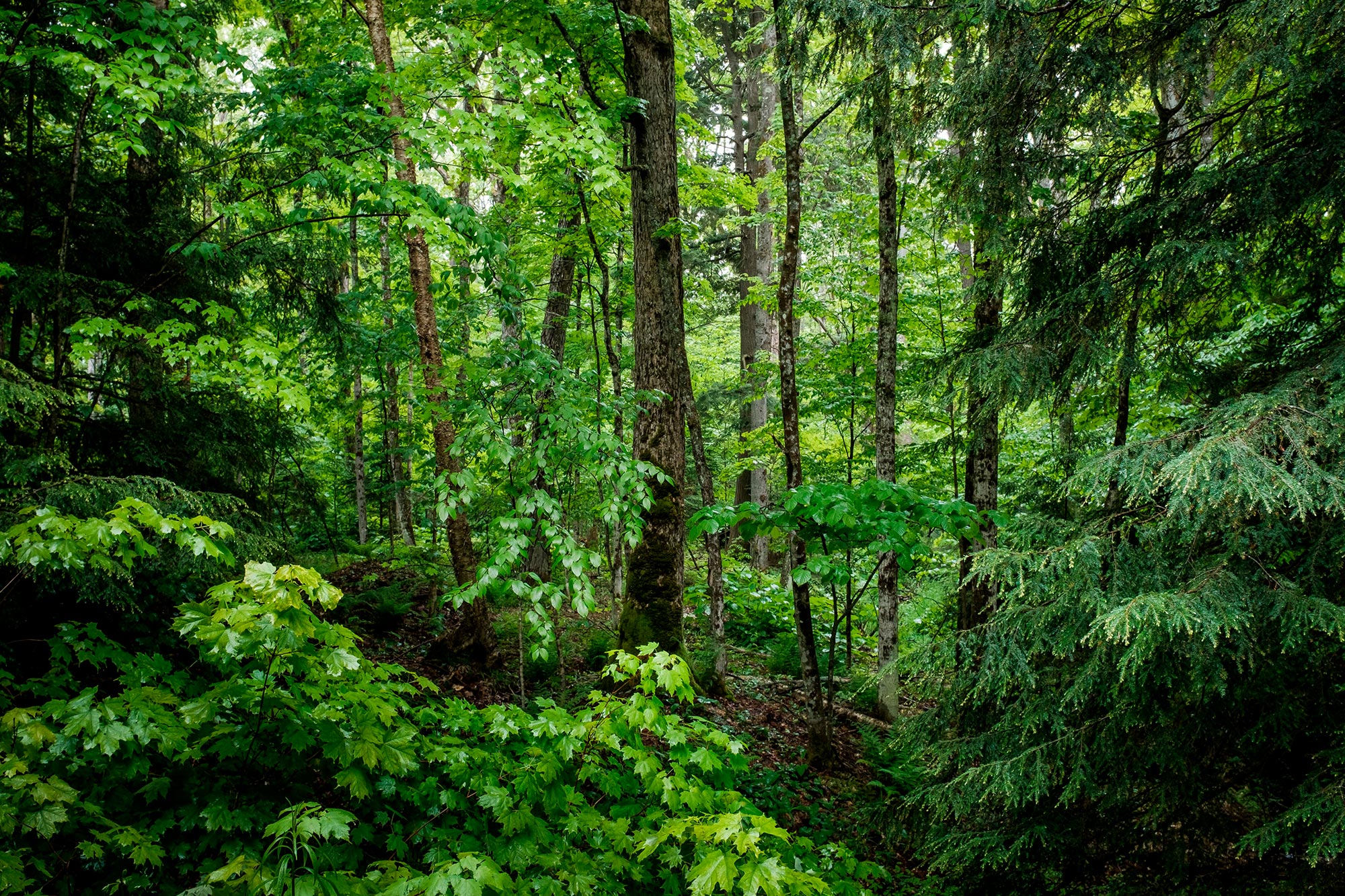Recent research has revealed that mature forests can adapt to increased CO2 levels by boosting wood production, refuting past theories that they lack such capacity. This discovery, part of the ongoing BIFoR FACE experiment, emphasizes the importance of older forests in carbon sequestration and their role in combating climate change.
Mature forests are critical in the fight against climate change – extracting carbon dioxide (CO2) from the atmosphere and locking it into new wood.
In a groundbreaking study, researchers demonstrated that older trees can significantly increase woody biomass production in response to elevated CO2 levels, challenging previous beliefs about mature forests. The findings, derived from the BIFoR FACE experiment, underscore the potential of mature forests to act as medium-term carbon sinks and contribute to climate change mitigation, highlighting the necessity for sustained forest management and policy support.
Researchers discovered that older trees responded to increased atmospheric levels of CO2 by increasing production of woody biomass – countering existing theories that mature woodland has no capacity to respond to elevated CO2 levels.
The experts found exposure to elevated levels of the greenhouse gas (ambient atmosphere + 150 parts per million CO2; about a 40% increase) increased wood production by an average of 9.8% over a seven-year period. No corresponding increase in production of material such as leaves or fine roots, which release CO2 into the atmosphere relatively quickly, could be detected.
Long-Term Carbon Storage in Forests
Their findings published today (August 12) in the journal the long-running free-air CO2 enrichment (FACE) experiment at the














/https://tf-cmsv2-smithsonianmag-media.s3.amazonaws.com/filer_public/d1/82/d18228f6-d319-4525-bb18-78b829f0791f/mammalevolution_web.jpg)






Discussion about this post